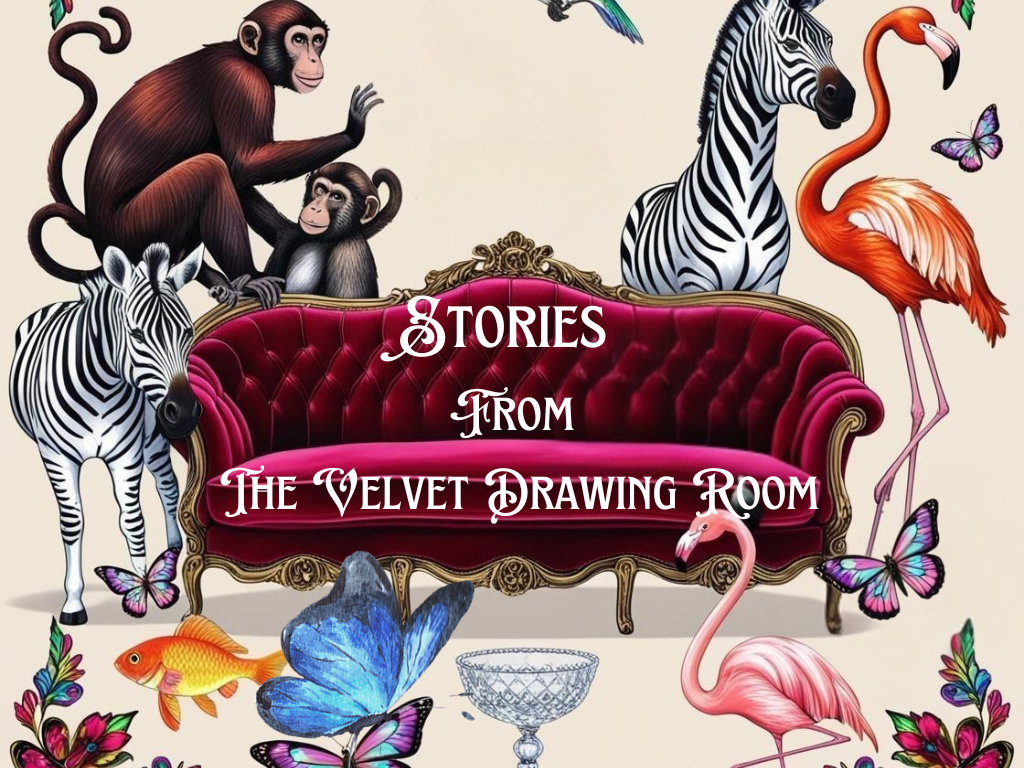Example work of the Victorian Taxidermist firm of Henry James Burton & Son
This firm traded between 1850-1913
120 Wardour Street 1868-1878
191 Wardour Street 1878-1913
Example work of the Victorian Taxidermist Walter Burton F.Z.S. two wildcats
Two Wild Cats by Walter Burton F.Z.S. (son of Henry James Burton)
My mantra for collecting is “love it first, then ask questions” and this is what happened to me with these cats. I saw them at auction, knew I wanted them, then did the research on them which consolidated my first reaction – I love them!
The two wild cats by Walter Burton FZS, Naturalist & Taxidermist, are most likely to be dated 1891-1895.
In his book “A History of British Taxidermy” Christopher Frost asserts that Burton’s ground work was considered particularly good. I think the composition and the groundwork in these cases are a testament to that statement. The composition is what drew me to these cases and that the fact that I have never seen another single case nor a pair like this before.
The label on the back of one of the cases shows that it was Walter Burton who created them, and we know that Walter was working under his own label at Wardour Street from 1891, and that he took full control of the business even before his father, Henry James Burton, died in 1895.

Walter Burton F.Z.S. 1854 – 1913

Example work of the Victorian Taxidermist Henry James Burton
Summer Fire screen by Henry James Burton & Son
Examples of Victorian Taxidermist Henry James Burton
In this example of Henry James Burton’s work we see a summer fire screen made in London during the 2nd half of the 19th century filled with exotic birds (photo courtesy of Zebregs&Roell Art & Antiques).

Example work of the Victorian Taxidermist Henry James Burton
Summer Fire screen by Henry James Burton & Son
Examples of Victorian Taxidermist Henry James Burton
In this example of Henry James Burton’s work we see two fire screens made in London mid 19th century filled with exotic birds, and are labelled 120 Wardour Street

Example work of the Victorian Taxidermist Henry James Burton
Cased Pacific Black Duck & Blue-Billed Teal
This case was sold at Tennants UK in 2022 as part of the James Harris Collection. Description courtesy of Tennants
Dated 1891, Australia, by Henry James Burton, 191 Wardour Street, London, a high quality case containing a Pacific Black Duck a Blue-billed Teal in natural setting of tall grasses and reeds bearing label to interior lower left – Australian Wild Duck (Black Duck), Anas superciliosa, Australian Teal (Red-breasted Duck), Anas punctata, Shot in the Colony of Victoria in 1891, by T. Parkin.

Example work of the Victorian Taxidermist Henry James Burton – Early Passenger Pigeon circa 1878
Passenger Pigeon dated circa 1878 by Henry J. Burton – now on display at the Manitoba Museum, Canada.
This specific example of a passenger pigeon was contained in an original case by Henry J. Burton which had found its way to Canada in the late 1800s. It was brought to my attention by the Manitoboa Museum’s Head of Zoology, Mr Randy Mooi, who was looking for information on the Burton label.
The bird was removed from its original case in the recent past, and cleaned and is now one of two species on display at this leading and forward-thinking museum in Canada.
Randy tells me that
the parlour case was owned by EHGG Hay who came to Fort Garry (Winnipeg) in 1863 to open his own mill. He was a member of the provincial legislature through to the 1870’s. We would likely have been well enough off to be sending things back to England (he was born in Yorkshire). There would not have been a local taxidermist in Winnipeg at that time, with the first arriving about 1879 (Nagy), and then the Hine family came shortly after that in 1881….Hine’s son, William, and his father worked together and became quite well known as a result of his work at the Field Museum in Chicago.
Some of the Hine work from the 1900’s when they worked in Winnipeg is also in the possession of the Manitoba Museum.
The Manitoba Museum have a very interesting blog piece on the extinction of the Passenger Pigeon


Discover more from thevelvetdrawingroom.co.uk
Subscribe to get the latest posts sent to your email.




















